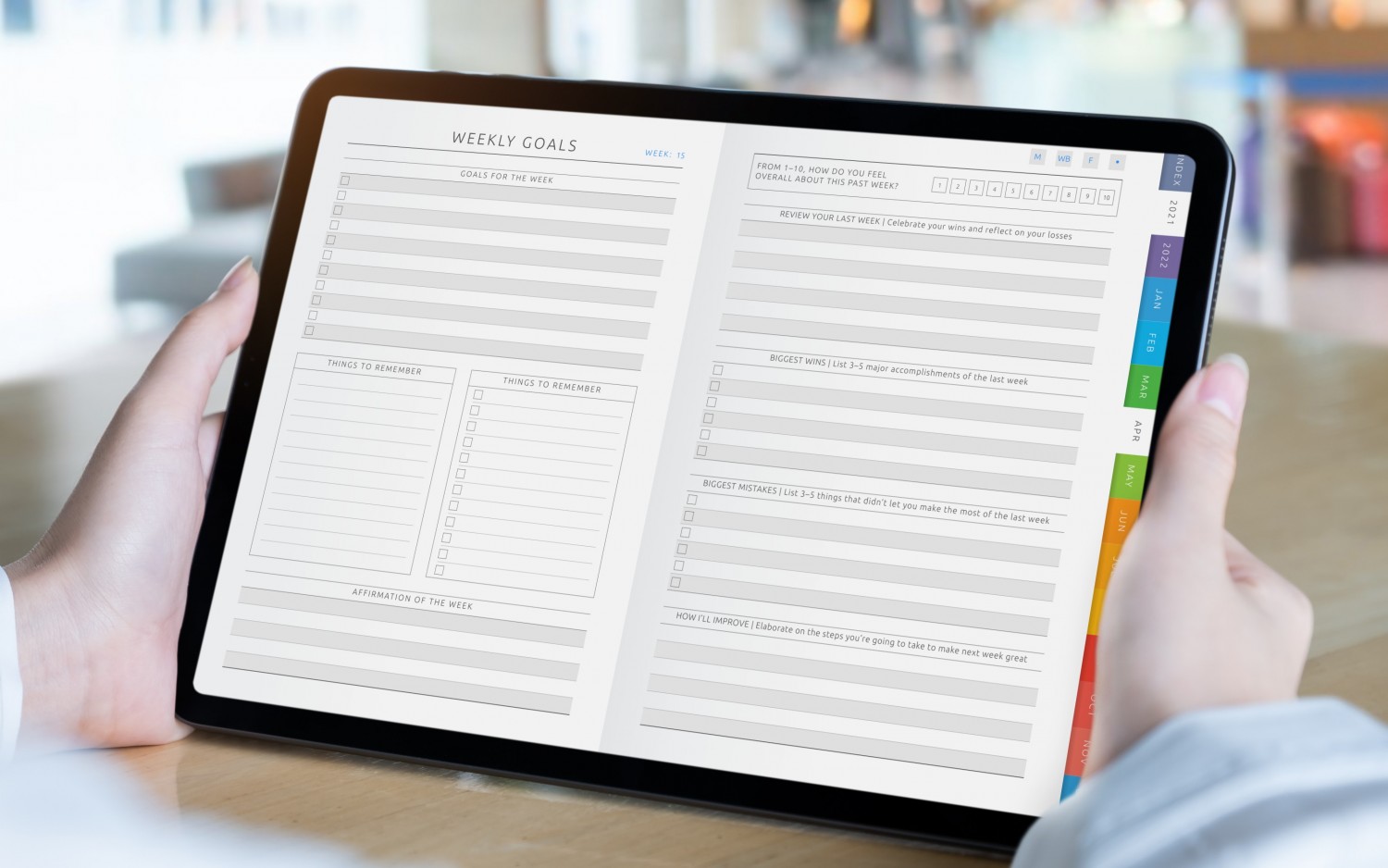
Introduction to Digital Planning on Android
In today's age, efficient and organized planning tools are essential. With mobile technology on the rise, using a digital planner on an Android tablet can streamline daily tasks, appointments, and long-term goals. This guide will walk you through setting up and using a digital planner on your Android tablet, highlighting key features and best practices.
What You Need for Digital Planning
To start using a digital planner on your Android tablet, gather these essentials:
- Android Tablet: Any recent model will suffice. Larger screens are ideal for planning and note-taking.
- Digital Planner App: Popular options include GoodNotes, Evernote, OneNote, and Simplenote.
- Stylus or Pen: Highly recommended for writing and drawing directly on the screen.
- Internet Connection: Useful for syncing data across devices and accessing additional features.
Choosing the Right Digital Planner App
Selecting the right digital planner app can be overwhelming. Consider these factors:
- Features: Look for calendar integration, task management, note-taking capabilities, and collaboration tools.
- User Interface: A clean and intuitive interface is crucial.
- Syncing Capabilities: Ensure seamless syncing across all devices.
- Offline Access: Look for apps that offer offline capabilities if frequently without internet access.
Setting Up Your Digital Planner
Once you've chosen your digital planner app, follow these steps:
- Download and Install: Get the app from the Google Play Store.
- Create an Account: Necessary for syncing purposes.
- Customize Your Setup: Explore customization options to set up a layout that works best for you.
Key Features of Digital Planners
Digital planners offer a wide range of features:
Calendar Integration
- Integrate with your device's calendar to view all scheduled events in one place.
- Create custom calendars for different aspects of life, such as work or personal events.
Task Management
- Create to-do lists and set reminders.
- Prioritize tasks based on importance and deadlines.
Note-Taking Capabilities
- Fundamental feature of any digital planner.
- Advanced capabilities like handwriting recognition, audio recordings, and photo attachments.
Collaboration Tools
- Share your planner with family members or team members.
- Multiple users can access and edit the same document simultaneously.
Customization Options
- Different layouts, fonts, colors, and custom icons.
- Tailor the app to specific needs and preferences.
Search Functionality
- Quickly locate specific notes or tasks.
- Advanced search filters to narrow down results based on date, category, or keyword.
Backup and Syncing
- Regular backups ensure data safety.
- Seamless syncing across all devices.
Using GoodNotes as an Example
Installation and Setup
- Download GoodNotes from the Google Play Store.
- Create an account.
- Customize the layout by adding different notebooks, tags, and custom covers.
Note-Taking
- Open a new notebook and start writing using the stylus or pen.
- Handwriting recognition converts writing into text for easy searching and editing.
- Add audio recordings or photos directly into notes.
Task Management
- Create a new task by tapping on the "+" icon.
- Set reminders, due dates, and add attachments like documents or photos.
- Organize tasks into different notebooks or tags.
Calendar Integration
- Link GoodNotes with your device's calendar through settings.
- View all scheduled events directly within the app.
Collaboration Tools
- Share notebooks by sending a link via email or messaging apps.
- Collaborators can view and edit notebooks simultaneously in real-time.
Customization Options
- Customize fonts, colors, and add custom icons.
- Create custom covers for each notebook.
Backup and Syncing
- Regularly back up data by exporting notebooks as PDFs or to cloud services like Google Drive or Dropbox.
- Enable automatic syncing across all devices linked to your account.
Best Practices for Using a Digital Planner
To get the most out of your digital planner:
- Regularly Update Your Planner: Update daily or weekly to keep tasks and appointments current.
- Use Tags and Categories: Organize notes and tasks efficiently.
- Set Reminders: Stay on track with upcoming events or deadlines.
- Take Advantage of Search Functionality: Quickly locate specific notes or tasks.
- Customize Your Layout: Experiment with different layouts, fonts, colors, and icons.
- Collaborate Effectively: Ensure all collaborators understand how to use the tools.
- Backup Regularly: Prevent data loss by exporting notebooks as PDFs or to cloud services.
Additional Tips
- Experiment with Different Apps: Try out various digital planner apps to find the best fit.
- Integrate with Other Tools: Connect your digital planner with other productivity tools.
- Use Stylus Accessories: Invest in high-quality stylus accessories for added functionality.
- Take Advantage of Cloud Services: Utilize cloud services for seamless syncing.
- Regularly Review and Adjust: Identify areas for improvement and adjust settings or switch apps if needed.
By following these tips and leveraging digital planner features, you can create an efficient planning system that enhances productivity and provides a flexible platform for managing various aspects of life.
